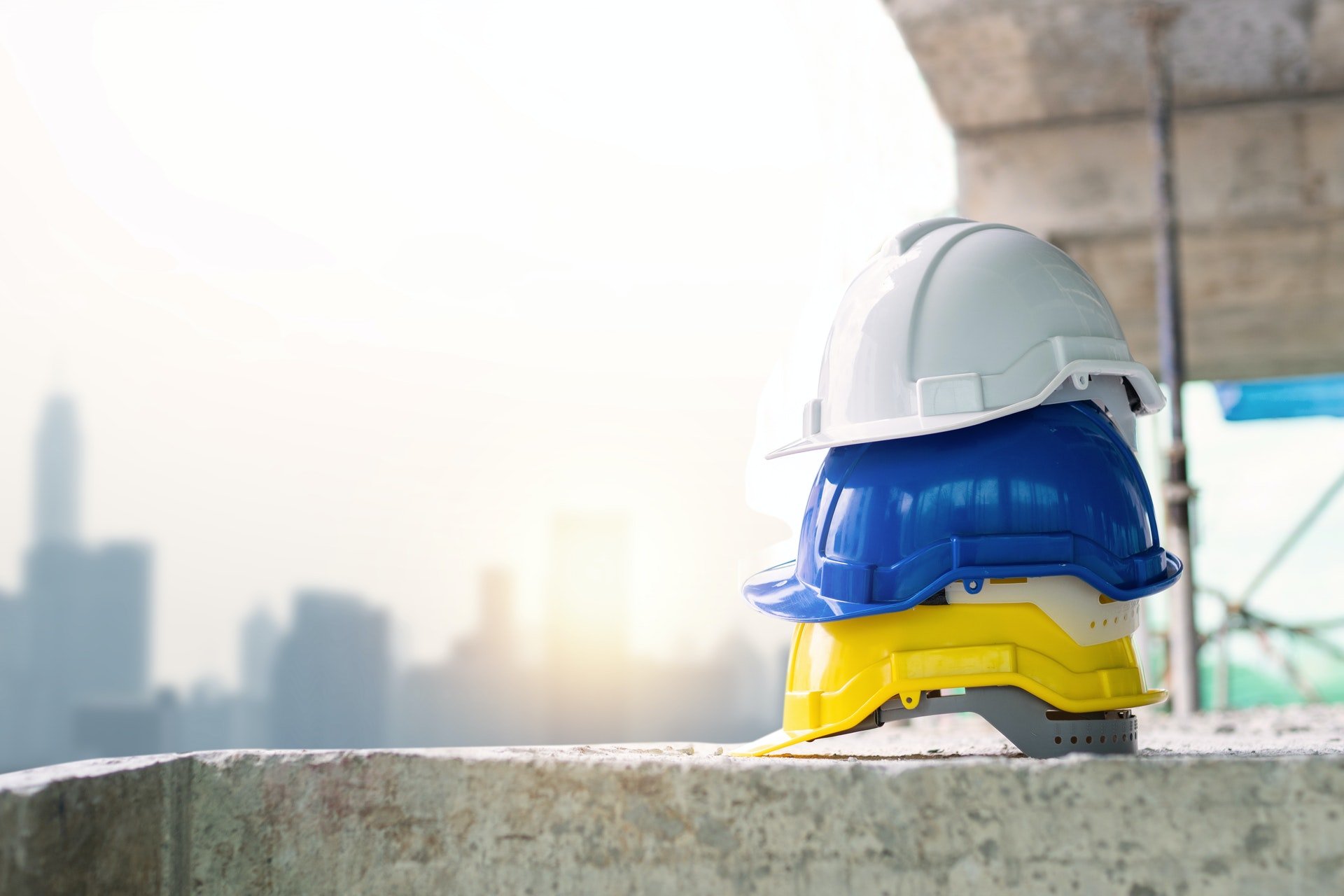The best defense is a good offense. If you love games or have spent time in the military, you’ve surely heard this phrase. It means that the best way to defend, or protect, yourself is to be proactive, not reactive. The same approach applies to safety on a construction job site: the best way to prevent injury is to actively put safety first. Always.
 By the numbers, construction still remains one of the most dangerous professions. What’s unrivaled, though, is the building trades’ dedication to the health, safety, and welfare of all workers. Safety is prioritized above all else. They’re on the offensive. Here’s how they work hard to put worker safety first:
By the numbers, construction still remains one of the most dangerous professions. What’s unrivaled, though, is the building trades’ dedication to the health, safety, and welfare of all workers. Safety is prioritized above all else. They’re on the offensive. Here’s how they work hard to put worker safety first:
Strict Safety Standards and Protocols
OSHA, the Occupational Safety and Health Administration, governs the entire scope of workplace safety and has created strict rules and regulations to keep construction workers safe. Regular inspections are performed on job sites to ensure safe working conditions, equipment upkeep, and adherence to ongoing safety training and certification requirements.
While companies must comply and bear the responsibility for meeting these safety regulations, they gladly do so. The safer the working environment, the better morale, productivity, quality of work, talent pool, and profit. It’s a win for everyone!
Rigorous Safety Training
The most important part of knowing how to do any job properly is knowing how to do it safely. Just like you’d never dream of handing the keys to your car to a teenager who has never had a driving lesson, employers won’t welcome tradespeople on to a job site filled with lots of heavy-duty equipment, machinery, and hazards without proper training – that would be an accident waiting to happen.
In fact, they can’t. Before any tradesperson can set foot on a job site, there are stringent training processes and certifications that must be completed, and they must continue to participate in ongoing safety training throughout the year and throughout their career. All of this is also regulated by OSHA and encouraged by employers.
Apprenticeships devote substantial time to teaching good safety protocols, too. Some argue that apprenticeships are just as much about safety as they are about learning the craft itself!
Personal Protective Equipment
The building trades are committed to providing the best of the best when it comes to personal protective equipment (PPE). While this equipment is said to be the last line of defense against injury, it is still a critical piece of the safety puzzle. Wearing the correct PPE could mean the difference between a minor injury and a long term injury, or even a fatality. Tradespeople are required, with no exceptions, to wear things like safety goggles/glasses, safety gloves, hard hats, hi-vis jackets, steel- or hard-toe boots, and ear protection to protect against the incidents that can’t always be avoided or controlled for.
As we continue to innovate and discover new, better, and stronger materials, PPE continues to advance. The building trades have invested, and will continue to invest, impressive amounts of time, money, and resources into improving PPE to keep our workers as safe as possible. The PPE that is available now is far superior to the PPE that was available 50, 20, and even 10 years ago, and will be even better in the future.
While a construction site may be a more dangerous work environment than that of a run-of-the-mill office job, you’ll be hard-pressed to find another industry that is so dedicated to the safety, health, and welfare of its people.
June may be National Safety Month, but in the construction trades, safety is the top priority year-round. It’s a 24/7/365 commitment.
Ready to get started with a fulfilling career where your health and safety come first? Find out how to get started today!
